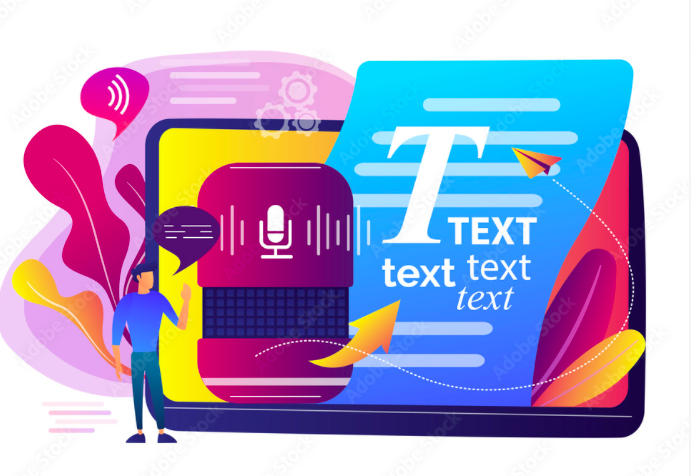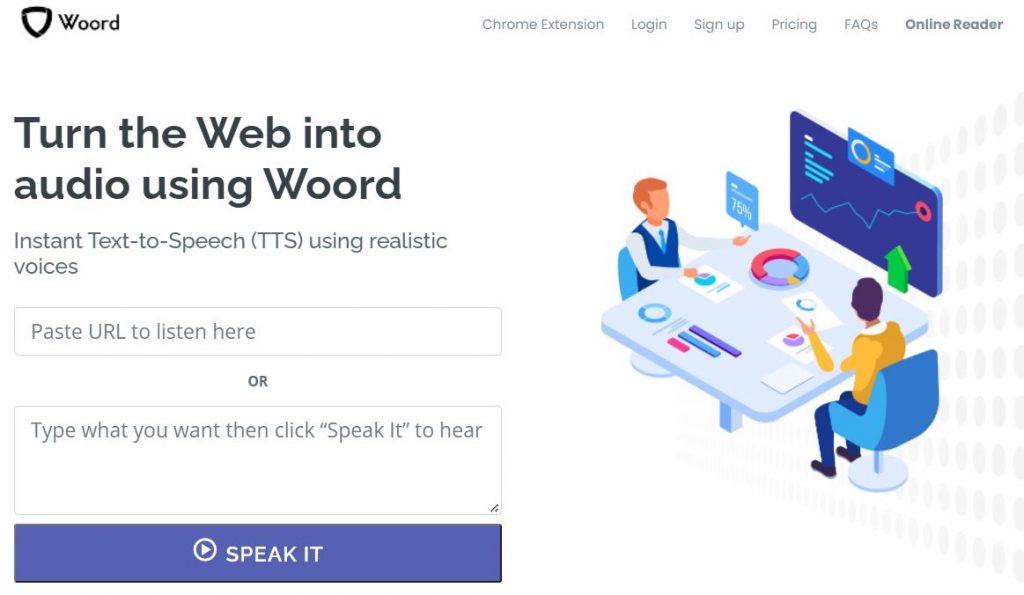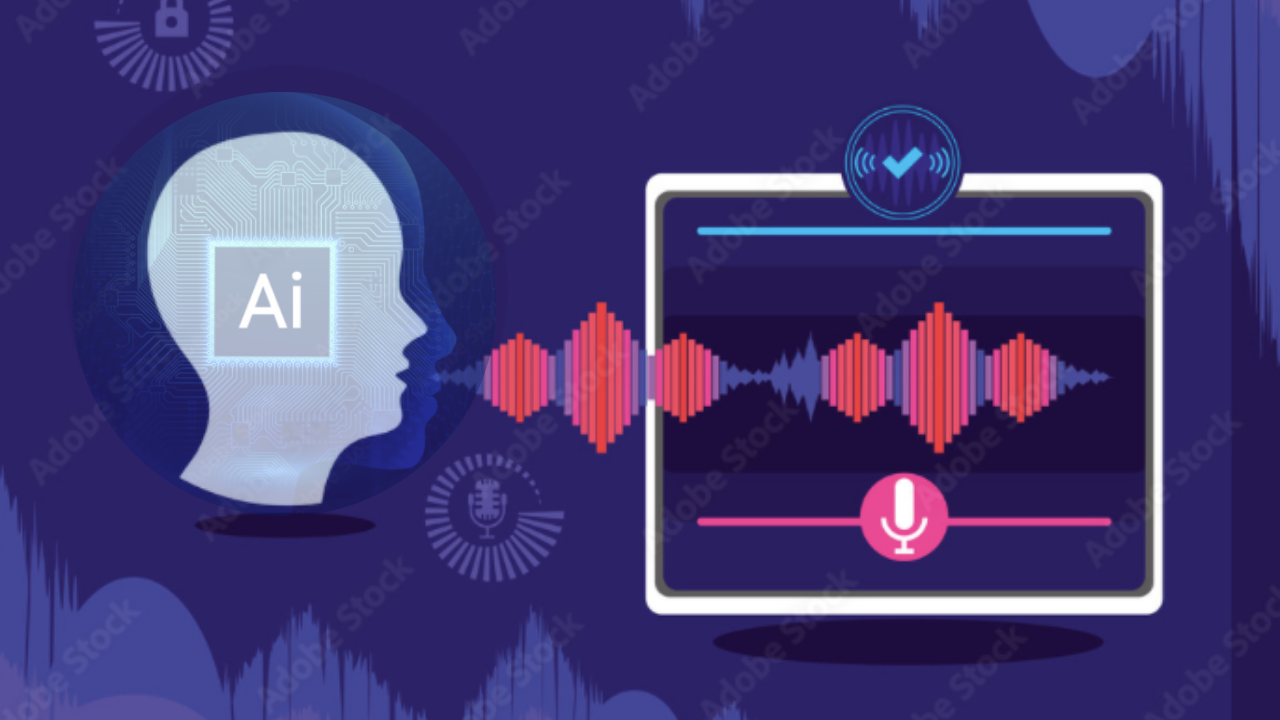Today’s marketers understand how difficult it is to attract and engage customers in a world where they connect with companies on various channels on a daily basis. Furthermore, because new research indicates that consumers’ attention spans are shortening as a result of information overload, marketers must be deliberate in how they deliver information in order to engage with customers. That is why we are here to tell you how text-to-speech (TTS) tools can help you improve video consumption.
Video is becoming a medium that marketers are beginning to incorporate into their strategies—86 percent of organisations utilise video as a marketing tool, and 93 percent of marketers consider video to be “essential” to their overall strategy, according to the same survey. Video has become increasingly vital to deliver information, exchange content, and develop deeper interactions with consumers, thanks to the rise of TikTok, Instagram Reels, and YouTube.

Speech technology has exploded in popularity in recent years; more than three billion people worldwide now use voice-activated search and assistants, and 8.4 billion digital voice assistants are expected by 2024. Many users have noticed, however, that the voices offered on smart speakers all sound the same, even if the content provided varies. This makes it harder to give personalised content to businesses that utilise voice assistants to connect with customers.
This problem is solved by text-to-speech voice technology, which allows marketers to build a branded voice that speaks to a company’s tone, style, and perception across numerous touchpoints and media, including video. Marketers can collaborate with digital voice partners who generate synthetic speech that is nearly indistinguishable from human speech using technology such as natural-language comprehension and conversational artificial intelligence. Its natural voices make everything sound amazing.
Advantages of Using TTS
Inexpensive and fast: Because the majority of customers (69%) prefer to watch a video rather than read a text-based article, website, or post, marketers must ensure that they have the tools in place to produce many videos weekly, if not daily, to fulfil consumer demands. Instead of depending on a voice actor, marketers can just type out a script and generate the audio from their computer with TTS voice. This can be cost-effective and time-consuming, especially if the firm wants to send out content daily or weekly. Text-to-speech voice allows marketers to create interesting content on the fly in order to stay top-of-mind with customers and prospects.
Improved accessibility and usability: Marketers can use TTS speech to provide audio summaries of the video’s content for those who are blind or visually impaired. The Web Content Accessibility Guidelines (WCAG) can assist marketers in writing descriptions that are inclusive to all viewers. Consumers with low literacy in a spoken language, dyslexia, or other learning difficulties may benefit from text-to-speech voice.
Main points emphasised: Viewers are more likely to pay attention when speech is utilised sparingly. Text-to-speech narration can be used to introduce new topics, reinforce key points, and emphasise the importance of the issue being discussed in the video. Marketers can utilise their TTS voice to introduce themselves at critical parts in the video, or develop an interactive video that allows viewers to initiate narration by clicking on-screen buttons.
Localised content with multilingual voiceovers: With the proper digital voice partner, marketers may create audio files for multilingual translations in key markets. Marketers can translate films more easily and quickly this way, which is vital for firms that want to share company updates or new product information with a global audience.
What Text-To-Speech Should I Use?
We highly recommend you give Woord a try. Woord, which has 50 voices in 20 languages, can transform any text to audio. The voices are entirely natural, and you can choose between male, female, or neutral sounds. You may easily convert large texts or books to audio with a single click using this API.

You can use Woord‘s Text-to-Speech (TTS) functionality to create applications that help people with reading difficulties, such as in E-learning and education. Woord can also assist persons who are blind or visually challenged in consuming digital content (eBooks, news etc). Finally, artificial intelligence is employed, and the synthesised vocals are fantastic.
How To Get Started
To get started, you must follow these simple steps:
1-Go to “Online reader” on www.getwoord.com or install the Google Chrome extension on your computer.
2-Make a text on the whiteboard. You can also use any scans, photos, or documents you have on hand to import.
3-Then choose your gender, language, pace, and format preferences.
4-After you’ve completed the preceding steps, click ‘Speak It’ to double-check that everything is in order.
5-Save the audio file to your PC if you’re happy with the results.

